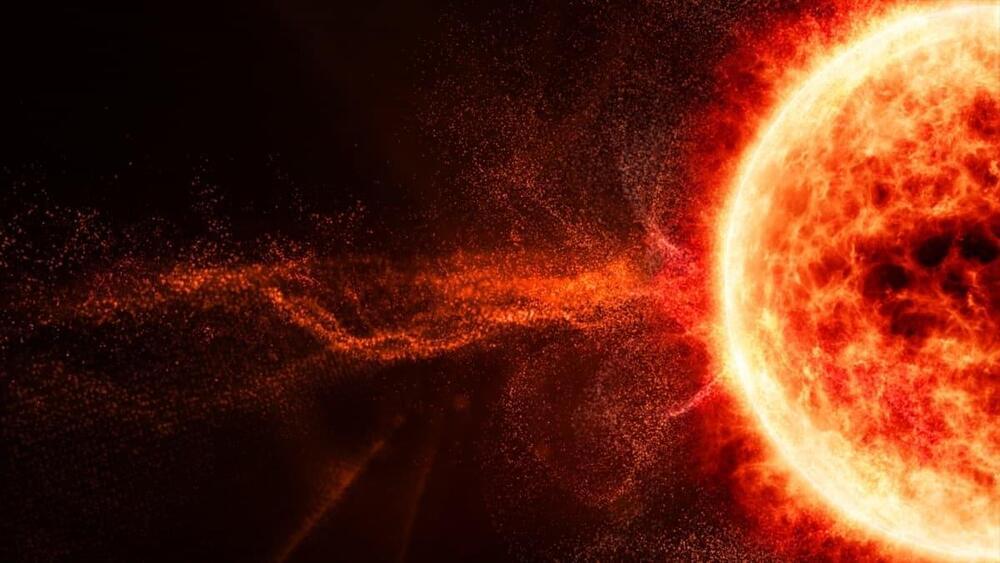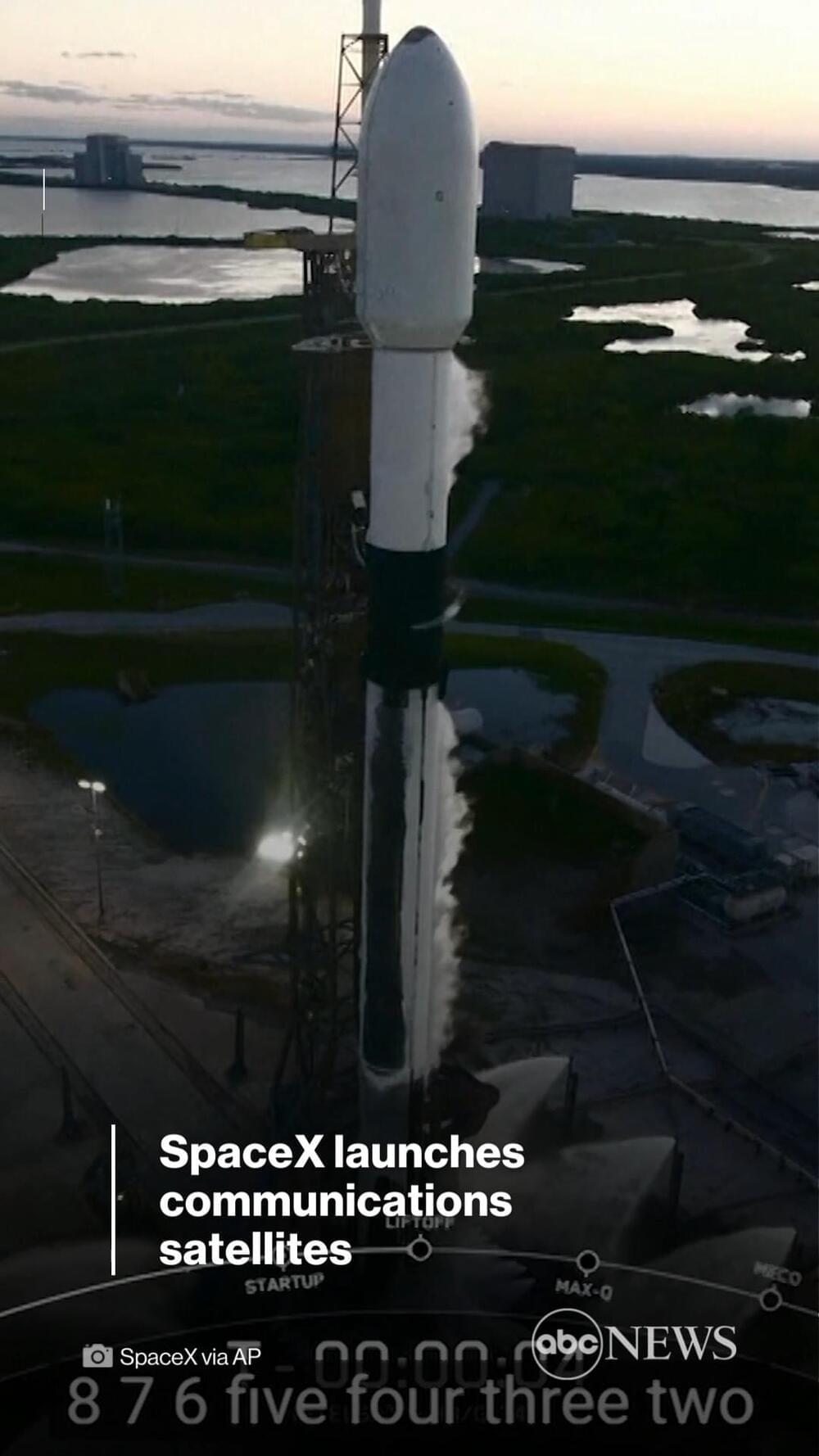
Category: satellites – Page 73


Space Force will be one of the first customers of a new gas station in space
This week, in-space refueling company Orbit Fab won a $13.3 million USSF contract to gas up geostationary (GEO) military satellites starting in 2025. Under the four-year contract, which was first reported by Bloomberg, the Colorado-based space startup will deliver hydrazine propellant to at least one Space Force satellite in GEO.
If you build it, they will come
Jeremy Schiel, cofounder and chief development officer of Orbit Fab, says he expects the Defense Department’s buy-in to boost the company’s credibility on the commercial market.
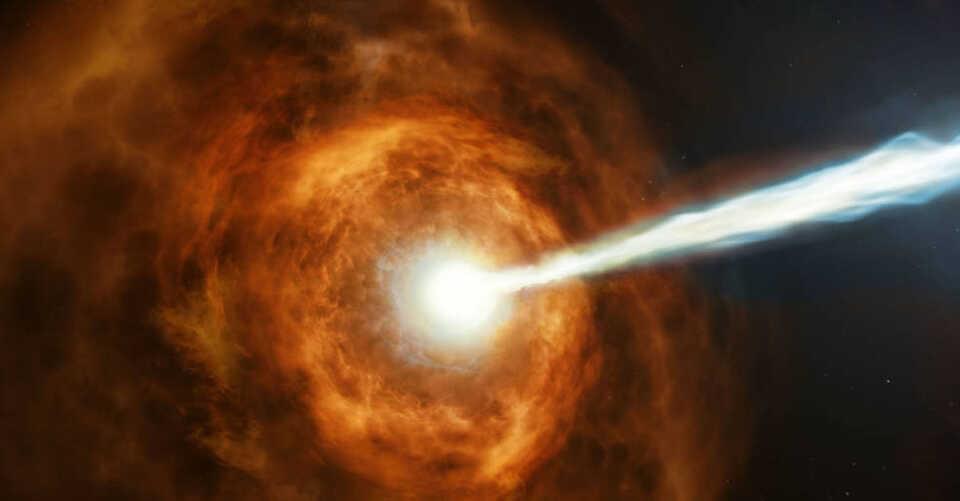
Astronomers just spotted the most powerful flash of light ever seen
Astronomers just detected what may be the most powerful flash of light ever seen.
The so-called gamma-ray burst, the most energetic type of electromagnetic explosion known to exist in the universe, was first spotted by telescopes Sunday (Oct. 9).
Gamma-ray bursts, which were discovered accidentally by U.S. military satellites in the 1960s, are likely produced when giant stars explode at the ends of their lives before collapsing into black holes, or when ultradense stellar remnants known as neutron stars collide. Within seconds, these explosions unleash as much energy as the sun will emit during its entire 10-billion-year lifetime.
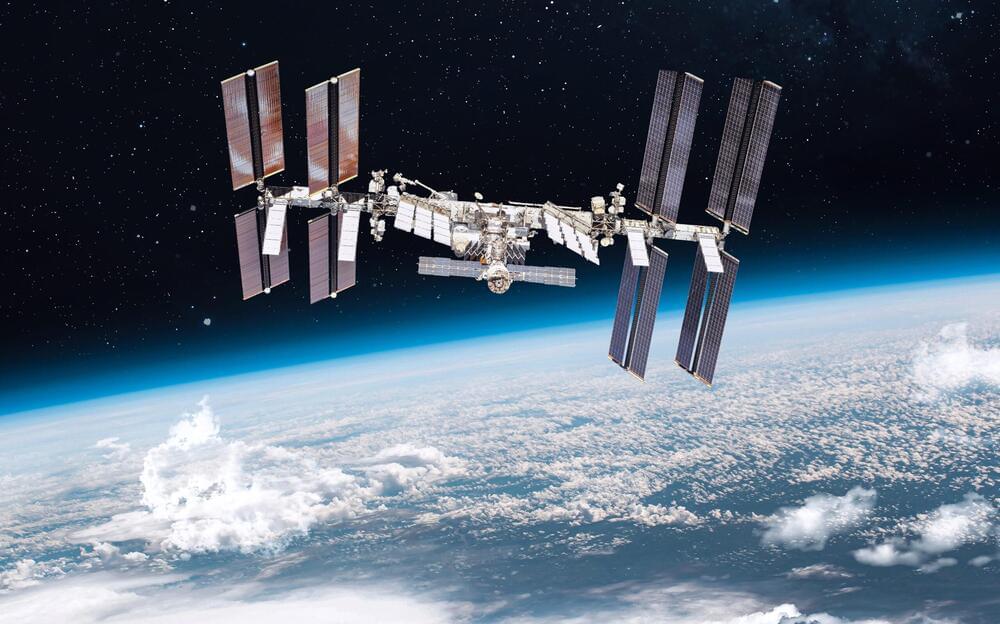
How SpaceX CRS-25 Dragon provided ride for 13,000 pounds of science experiments to ISS
SpaceX’s 25th cargo resupply mission to the International Space Station (ISS) launched from Pad 39A on July 15, 2022. The Cargo Dragon carried up to 13,000 lbs of scientific payload and tech, including 8 Cubesats. The capsule docked with the ISS on July 16, 2022.
The Dragon Capsule carried out a variety of experiments that are designed to help scientists understand more about the world around us. The scientific research performed in the microgravity aboard the ISS can’t be replicated anywhere else. Consider the ISS like an orbital laboratory, performing science for the Earth — off the Earth.
These experiments include studies of the immune system, including how it responds to stress and medications.
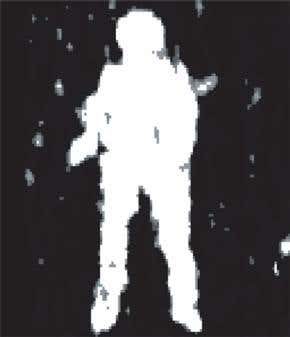
Quantum camera snaps objects it cannot ‘see’
Circa 2008 0.0!
A normal digital camera can take snaps of objects not directly visible to its lens, US researchers have shown. The “ghost imaging” technique could help satellites take snapshots through clouds or smoke.
Physicists have known for more than a decade that ghost imaging is possible. But, until now, experiments had only imaged the holes in stencil-like masks, which limited its potential applications.
Now Yanhua Shih of the University of Maryland, Baltimore, and colleagues at the US Army Research Laboratory, also in Maryland, have now taken the first ghost images of an opaque object – a toy soldier (see image, top right).

China is developing AI-camouflaged ‘invisible’ missile launchers for future warfare
The launchers are for DF-17 missiles, which can allegedly breach U.S. missile defenses.
China is making launchers for its series of road-mobile missiles named “Dongfeng,” which could avoid being detected by drones, radars, and satellites.
Artificial intelligence (AI) technology will be utilized for the Dongfeng launchers, South China Morning Post (SCMP) reported on Thursday, quoting Chinese state TV broadcaster CCTV.

Elon Musk denies blocking Starlink over Crimea due to fear of nuclear war
“All bets are off if the nukes start flying,” Musk recently tweeted.
Elon Musk reportedly rejected a request from within Ukraine to extend SpaceX’s Starlink satellite internet coverage to Crimea, according to a newsletter from political analyst Ian Bremmer.
However, Musk has taken to Twitter after those reports were published and has cast doubt on their veracity by claiming that “nobody should trust Bremmer”.
Source: 1, 2
According to the newsletter, first reported by Vice, Musk also directly spoke to Russian President Vladimir Putin about the potential for nuclear escalation in relation to Crimea.
SpaceX’s drone ship captured a breathtaking view of the Falcon 9 ‘jellyfish’
Intentional or non-intentional, we do not know, but the drone ship captured the best moments of the night.
SpaceX’s third Falcon 9 launch in as many days might not have been a record-breaking achievement for the company, but it was still every bit as exciting its any other launch. The space company’s trusted workhorse put up quite a show by producing a rather rare phenomenon in the night sky called the space jellyfish.
While the rocket ascended into the late evening sky, the plumes of exhaust coming from its booster and then upper stage lit up the night sky like a neon sign much like a jellyfish swimming through the sky.
Full Story:
SpaceX/YouTube.
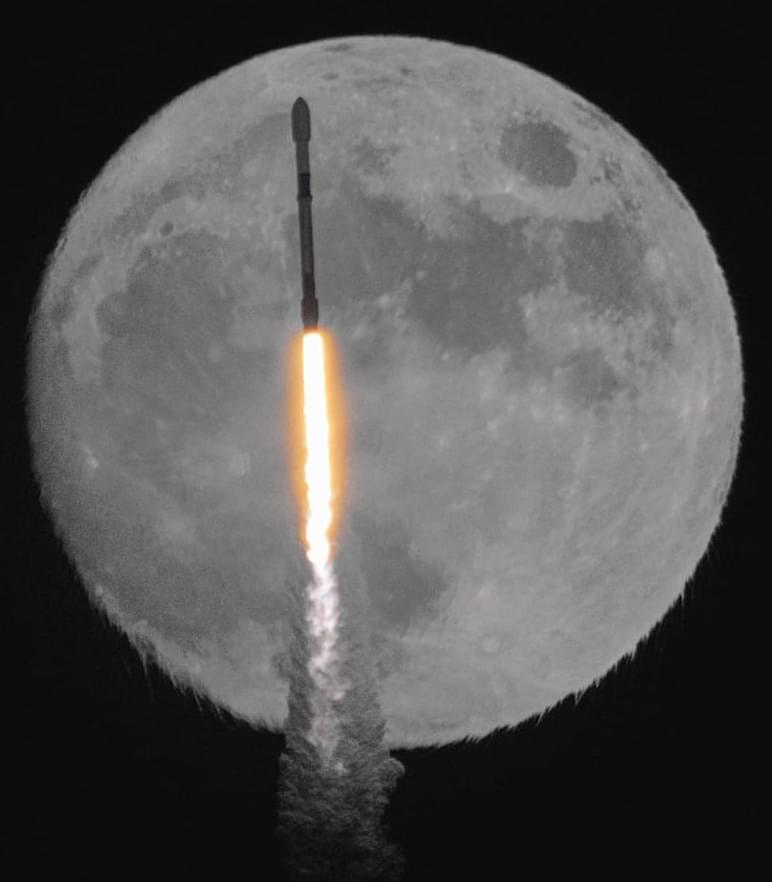
Two Intelsat video relay satellites ride to orbit on SpaceX rocket
SpaceX launched a pair of four-ton Intelsat communications spacecraft from Cape Canaveral at twilight Saturday evening, two days later than planned after back-to-back scrubs, on the third flight of a Falcon 9 rocket this week.
The Falcon 9 rocket lit nine kerosene-fueled Merlin 1D engines and thundered away from Cape Canaveral Space Force Station at 7:05 p.m. EDT (2305 GMT) Saturday. Thrust vector controls pivoted nine main engines to steer the 229-foot-tall (70-meter) rocket due east from pad 40, and the Falcon 9 raced through the speed of sound in less than a minute.
Saturday’s mission, carrying Intelsat’s Galaxy 33 and 34 video relay satellites, marked the third Falcon 9 flight in a little more than three days, following back-to-back launches Wednesday.
